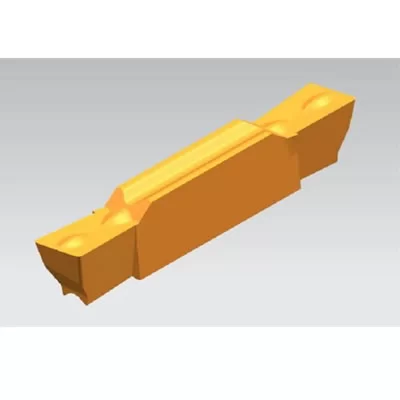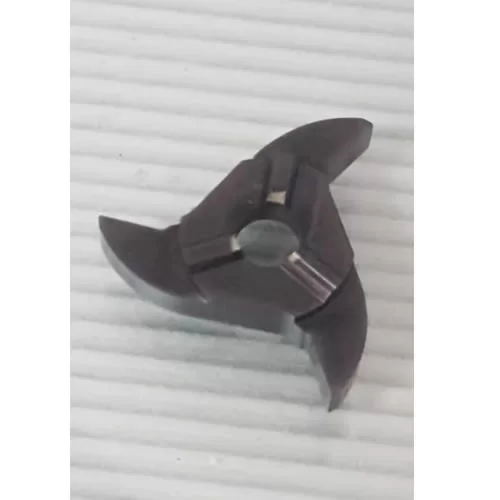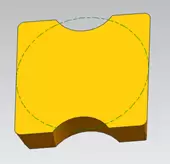How To Do Hard Alloy Tungsten Steel Knife
How to do hard alloy tungsten steel knife
一、 the blade number and specifications are not properly selected. If the thickness of the blade is too thin, or when roughing, use a grade that is too hard and too brittle.
Solution: Increase the thickness of the blade or stand up the blade, and choose the grade with high flexural strength and toughness.
二、Tool geometry parameters are not selected properly (such as front and back angles are too large, etc.).
Solution: you can start to redesign the props from the following aspects: (1), appropriate reduction of the front and back angles; (2), using a larger negative edge angle; (3), reducing the lead angle; (4) Use a large negative chamfer or edge arc; (5), repair the cutting edge, enhance the tip
三、The welding process of the insert is incorrect, resulting in excessive welding stress or weld cracks.
Solution: 1. Avoid the use of three-sided closed blade slot structure; 2. Use solder properly. General blade can use 105# solder, YT30 or YG3 blade can use 107# solder; 3. Avoid oxy-acetylene flame heating welding;
4, as far as possible to use mechanically reinforced structures
四、The choice of cutting amount is unreasonable. If the dosage is too large, it is a boring machine; when cutting intermittently, the cutting speed is too high, the feed rate is too large; when the blank margin is uneven, the cutting depth is too small; when cutting high manganese steel and other materials with high work hardening tendency The feed rate is too small.
Solution: Reselect the amount of cutting.
五、The reason why the bottom surface of the stencil of the mechanically reinforced tool is not flat, or the blade is extended too long.
Solution: 1. Correct the bottom surface of the sipe; 2. Reduce the protruding length of the blade; 3. Crush the hard shank or add a carbide spacer under the blade.
六、Tool wear transition.
Solution: change the knife or replace the cutting edge in time
七、The cutting fluid flow is insufficient or the filling method is incorrect, causing the blade to gather and collect heat and damage it.
Solution: 1. Increase the flow rate of the cutting fluid; 2. Arrange the position of the cutting fluid nozzle reasonably; 3. Use effective cooling methods such as spray cooling to improve the cooling effect; 4. Use dry cutting to reduce the thermal shock to the blade. .
八、The tool is not installed correctly. For example, the cutting tool is installed too high or too low; the end milling cutter adopts asymmetric down milling. Solution: Reinstall the tool
九、The process system is too rigid, causing excessive cutting vibration. Solution: 1. Increase the auxiliary support of the workpiece to improve the rigidity of the workpiece; 2. Reduce the overhang of the tool; 3. Reduce the back angle of the tool; use other vibration-absorbing measures.
十、The operation is not very good. For example, when the tool is cut from the middle of the workpiece, the action is too strong, and the tool has not been retracted, that is, the parking is stopped. Solution: Pay attention to personal operation method

















